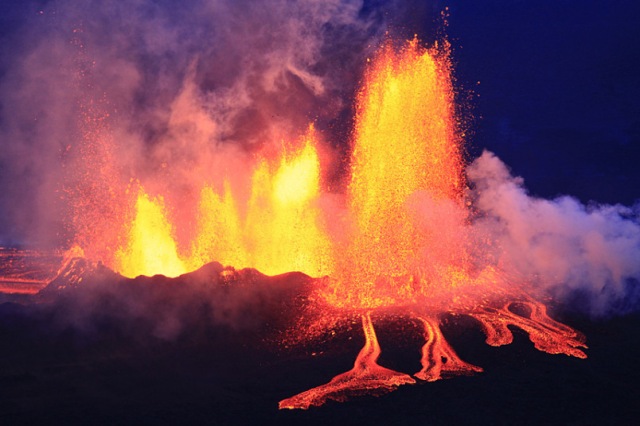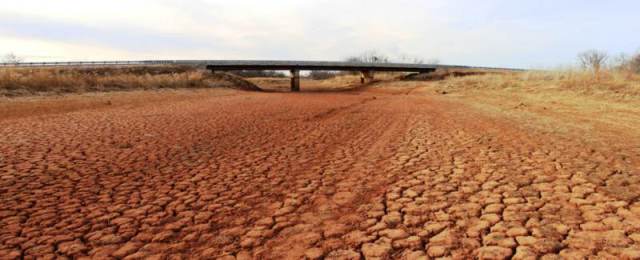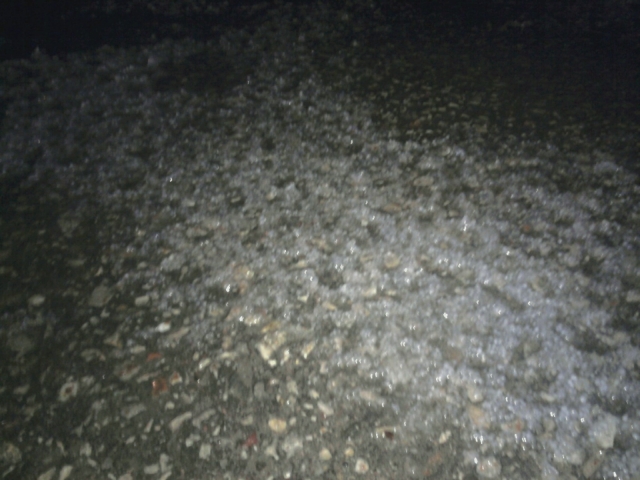It was a dark and stormy night,
One of the best writing websites uses this line, stated to bring about a profound mood effect. A storyteller knows weather is one of their greatest tools and can wield it to vanquish reader apathy. Weather should be an important character added to your storytelling. I say should be; as often weather gets neglected and misused. Combined with environment it will anchor your story in reality. Weathers can be your main antagonist. It can also be an ally to your protagonist. The condition of your characters environments including weather creates different reader moods. Below are a few tips you can use to wield this great weapon of story.

Filling in as Story Antagonist Countless stories take place with humans taking on nature in all its brutal strength. Stories of survival against nature’s odds gives people hope and strength. The brilliant part of using the weather as a villain is the cross genre applications for creating memorable stories. Imagine writing a historical love story set in The Great Blizzard of 1888. Or a Sci-Fi Horror about a great chain of volcanic eruptions on a distant planet. Several movies exist for inspiration such as The Day After Tomorrow or Twister. Make sure you read up on the type of weather event you want to portray as it will be a driving character in your plot.

Helping/ Hindering your Protagonists Often in conjunction with the environment, weather plays a role of aid or hindrance to the story protagonists. Adventure stories use weather elements constantly to create weather events leading to the next scene of the story. Weather can also help your characters as a tropical storm can mean a break from a famine ravaging the land. When the sun shines after a torrent of rain, this signals a transition to a new part of the story. Subtle uses of weather, such as fog or sleet can challenge your story players in unique ways. Be sure to read up on the different elements of weather. Here is an excellent link for additional resources to help you write about weather elements.

Creating Story Mood In addition to helping out your characters, the weather can and should help set the mood. In correlation to the environment it can give readers many different feelings. If you are looking for dark and brooding, throw down some drizzle on a late Sunday night in a major city. Need to liven up a reunion of two characters? Part the clouds and send down some sunshine in a countryside setting at a critical point. Looking to create the feeling of isolation and loneliness? The aftermath of a snowstorm and over four feet of snow in the wild parts of North America can bring this feeling on, even in a large suburban area. Figure out the types of emotions you want your readers/ players to experience. Then let the weather do the talking for you.

Accenting Environment Setting Often a storyteller will send the characters off to another place with new challenges in mind. Harness weather to emphasize the new location. A humid summer with temperatures over 90 degrees Fahrenheit reinforces reader’s thoughts on a swamp scene in New Orleans. Cold sleet and foggy streets help to bring the reader to Seattle, Washington in the fall. When you think of a new setting, make sure to include what type of weather happens during that time of year. Do your research if this is a historical fiction story.
Creating New Story Elements Weather effects in your story can lead to new elements for your heroes. If you introduce a blizzard into the beginning or middle of the plot, it should lead to other events. Think about hungry wildlife looking for food, possible dead minor characters and other new elements. Suppose a rainstorm happened along a major road in the beginning of your story. Is there a possibility of a mudslide hitting the highway? Think about what types of consequences the weather, severe or mild will have on your story. What kind of effects can happen with your plot? Always try and read on what types of effects weather may have on your plot and characters. Natural new story elements from the weather can flow into your work, giving gravitas to an otherwise unnatural situation.
Weather happens and should have a deep impact in your story. As a part of the setting it can turn into a character or be an accent to an already packed situation. Use it as a great tool to bring your stories to life.


The most subtle of arts in story telling. I use weather quite often in my 13th Age campaign to set the mood. When you pair it with some sound effects, the results are immediate and apparent at the table. Thanks for a good read!
LikeLiked by 1 person
Welcome man! Oh and I am a huge Amon Amarth Fan! Love me some Viking Metal.
LikeLiked by 1 person
Great post – especially the part about making the weather an antagonist, or using it to help or hinder your hero. It’s something I rarely think of when I’m writing, but I’m pretty sure it appears at some point in nearly all my favourite books. I’m also guilty of leaving out the weather when writing about surroundings and new environments. I’ll definitely try to think of it more after reading this!
LikeLiked by 1 person
I appreciate it. I do my best when writing stories or game mastering to incorporate and accent things we take for granted every day. I think I am part hobbit as I love food and sometimes I will go to great lengths to describe a dish one of my characters is eating. Weather just happen to be on my mind.
LikeLiked by 1 person
It’s definitely those kind of details that creates a much more vibrant and believable atmosphere in a story or game. Although reading about food makes me hungry.
LikeLiked by 1 person
Reading about food makes me hungry as well. Sometimes I will kick on the Travel channel for inspiration. Bizarre Foods with Andrew Zimmerman is so wild but filled with so many details.
LikeLike
Oh and thank you for the follow on Twitter. Much appreciated.
LikeLike